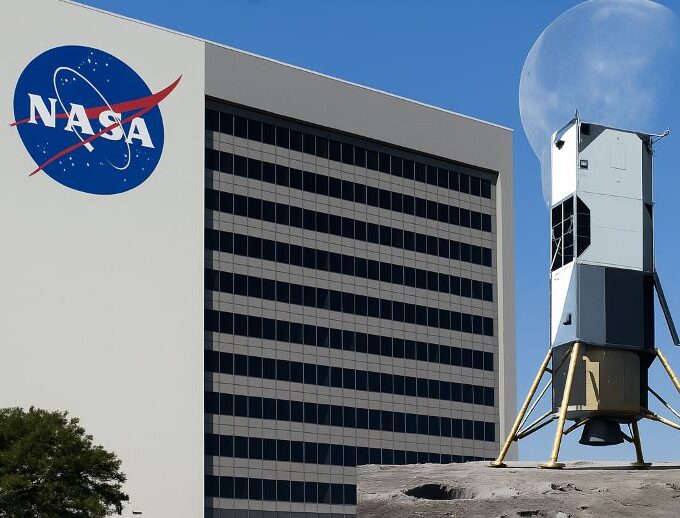What Subway Stray Current Is
Subway stray current (also known as leakage current or parasitic current) refers to the phenomenon in subway DC traction power supply systems where, in addition to the normal current supplied for train traction, a portion of the current flows through unintended paths to the ground or other metal structures. In subway DC traction power supply systems, when trains operate, current flows through the rails and return tracks (or via grounding devices) back to the traction substations. However, due to the presence of ground resistance and differences in contact resistances between different materials, some current may flow through unintended paths into the soil or other metal structures, resulting in stray current.
Impacts of Stray Current Corrosion on Subway Systems
This stray current in the soil can enter a pipeline at a certain point and move a distance in the pipeline before leaving and returning to the soil, causing corrosion at the point where the current leaves the pipeline, which is also known as stray current corrosion. The impact of stray current corrosion on subway systems includes several aspects:
- Structural corrosion: Stray current can lead to corrosion of subway tunnel structural reinforcements, grounding facilities, pipelines, communication cables, and other metal components, severely affecting structural safety and service life.
- Public safety: If stray current flows out to the ground, it may pose electric shock hazards to nearby buildings, pipelines, and individuals.
- Signal interference: Stray current may cause electromagnetic interference to other electronic devices and communication systems along the subway route.
Architecture of Stray Current Corrosion Intelligent Monitoring System
- Sensor layer (data acquisition layer): Install corrosion monitoring sensors such as electrochemical sensors, resistivity sensors, temperature sensors, humidity sensors, etc., at critical locations such as subway tracks, contact networks, grounding facilities, and tunnel structures to monitor real-time corrosion status and collect relevant data.
- Data transmission layer: Utilize wired or wireless communication technologies (such as industrial Ethernet, optical fiber communication, 4G/5G, IoT technologies, etc.) to transmit real-time sensor-collected data to data processing centers or cloud platforms.
- Data processing and analysis layer: Central data processing centers or cloud platforms receive data transmitted by sensors, employ big data processing, artificial intelligence algorithms, etc., to perform real-time analysis, calculate key indicators such as corrosion rate, degree of corrosion, and predict corrosion development trends using models.
- Status assessment and warning layer: Based on data analysis results, the system conducts real-time status assessments. If corrosion conditions exceed preset thresholds or severe corrosion trends are predicted, an automatic warning mechanism is triggered to alert maintenance personnel.
- Decision support and control layer: The system provides decision support functions, offering optimization suggestions to maintenance personnel, such as adjusting return flow paths, improving grounding facilities, etc. Additionally, the system can achieve remote control to reduce the generation of stray currents through intelligent regulation, thereby lowering corrosion risks.
- Visualization display and management system: Construct real-time monitoring interfaces to visually display corrosion monitoring data in charts, maps, etc., facilitating comprehensive understanding of corrosion conditions by management personnel for unified management and scheduling.
System Topology

System Characteristics
- Long transmission distance: The system adopts optical fiber as the transmission medium, and Megabit optoelectronic switches can span long-distance sections of subway lines, achieving long-distance, high-speed, and stable data transmission from various monitoring points to central control rooms. This ensures real-time feedback of stray current monitoring data even in the vast and complex subway network environment.
- High reliability: Optical fibers are immune to electromagnetic interference, and optoelectronic switches possess high anti-interference capability and transmission stability, suitable for industrial environments demanding high stability and security.
- Automatic data collection: Each monitoring point can autonomously and continuously collect stray current data, transmitting it via subway LAN to the management center without manual intervention.
- Real-time data integration: Through network interconnection, data collected from various points is real-time aggregated to the central platform for comprehensive analysis and processing.
- Remote control and management: Maintenance personnel can remotely configure, query status, adjust parameters, and troubleshoot monitoring devices distributed across subway stations and lines from the central control room via the network.












